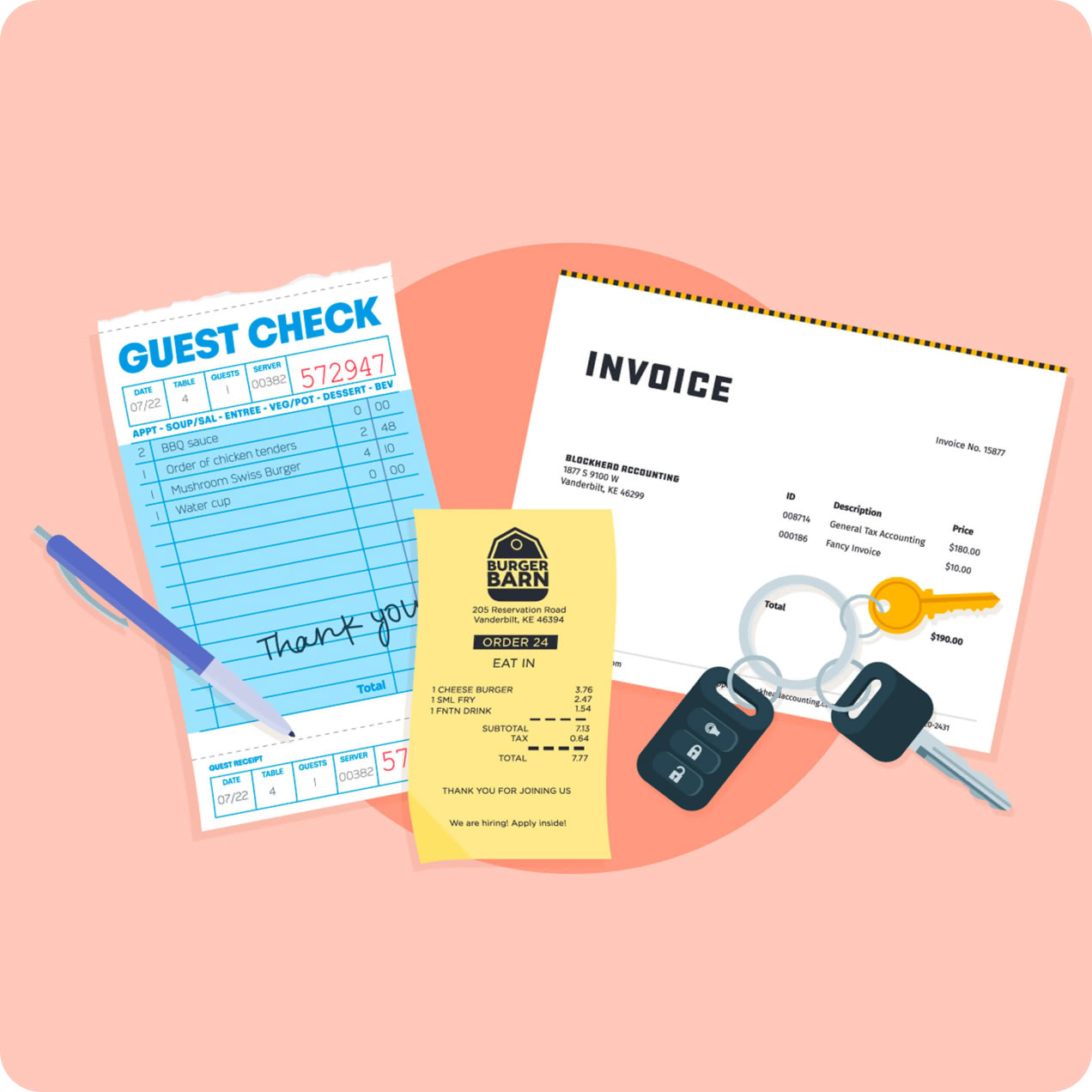
Here's how Advanced Budgeting aligns with curriculum standards in Indiana. Use the filters to change the location, set of standards, and grade level.
Financial and Decision Making
12-1.1: Demonstrate taking responsibility for personal financial decisions.
Standards
Defined by Personal Financial Responsibility Course and Standards 12th Grade and align with Advanced Budgeting12-1.4: Make financial decisions by systematically considering alternatives and consequences.
Standards
Defined by Personal Financial Responsibility Course and Standards 12th Grade and align with Advanced BudgetingRelating Income and Careers
12-2.3: Explain how taxes and employee benefits relate to disposable income.
Standards
Defined by Personal Financial Responsibility Course and Standards 12th Grade and align with Advanced BudgetingPlanning and Managing Money
12-3.1: Demonstrate ability to use money management skills and strategies.
Standards
Defined by Personal Financial Responsibility Course and Standards 12th Grade and align with Advanced Budgeting12-3.2: Develop a system for keeping and using financial records.
Standards
Defined by Personal Financial Responsibility Course and Standards 12th Grade and align with Advanced Budgeting12-3.3: Analyze services of financial institutions.
Standards
Defined by Personal Financial Responsibility Course and Standards 12th Grade and align with Advanced Budgeting12-3.4: Apply consumer skills to purchase decisions.
Standards
Defined by Personal Financial Responsibility Course and Standards 12th Grade and align with Advanced Budgeting12-3.5: Connect the role of charitable giving, volunteer service, and philanthropy to community development and quality of life.
Standards
Defined by Personal Financial Responsibility Course and Standards 12th Grade and align with Advanced Budgeting12-3.6: Develop a personal financial plan.
Standards
Defined by Personal Financial Responsibility Course and Standards 12th Grade and align with Advanced BudgetingManaging Credit and Debt
12-4.1: Analyze the costs and benefits of using various types of credit.
Standards
Defined by Personal Financial Responsibility Course and Standards 12th Grade and align with Advanced Budgeting12-4.2: Analyze factors that influence establishing and maintaining a good credit rating.
Standards
Defined by Personal Financial Responsibility Course and Standards 12th Grade and align with Advanced Budgeting12-4.3: Analyze methods and benefits of avoiding or correcting credit and debt problems.
Standards
Defined by Personal Financial Responsibility Course and Standards 12th Grade and align with Advanced BudgetingRisk Management and Insurance
12-5.2: Analyze the need for and value of various types of insurance across stages of the life cycle.
Standards
Defined by Personal Financial Responsibility Course and Standards 12th Grade and align with Advanced BudgetingSaving and Investing
12-6.1: Explain how saving contributes to financial wellbeing.
Standards
Defined by Personal Financial Responsibility Course and Standards 12th Grade and align with Advanced Budgeting